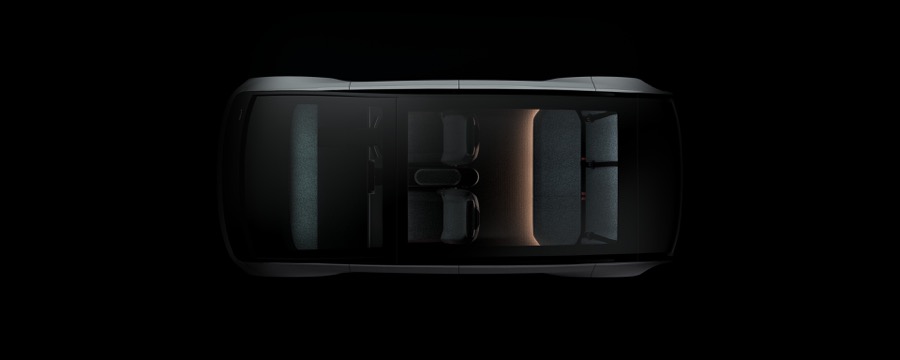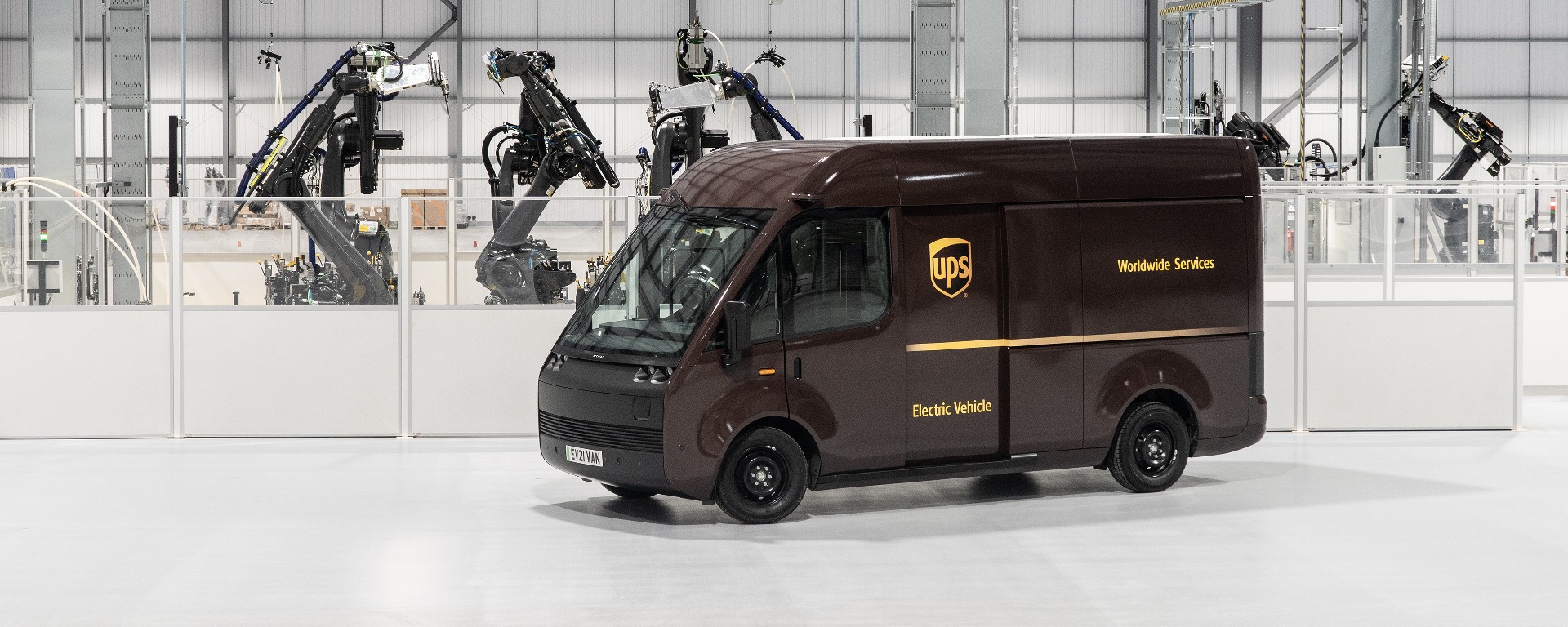Ride-hailing giant Uber announced a partnership with Arrival, a UK-based EV startup that is currently working to develop an electric car that will be designed specifically for affordable and efficient ride-hailing purposes.
Arrival said that production of these cars will begin in 2023, although it stated that their vehicles would not be exclusive to Uber. Uber drivers are to be consulted in the development process of Arrival’s EV, with the ride-hailing firm planning to electrify its European and US footprints massively. Since its launch in 2015, Arrival has received backing from Hyundai and Kia, and they have already dabbled in the transport and logistics sectors developing electric buses and even delivery vans for global logistics companies like UPS.
Like many other startups, Arrival is yet to sell a car, but the news of the partnership should boost investor confidence. Meanwhile, over the past couple of years, Uber has been setting ambitious targets for themselves, including the electrification of all London-based driver-partner vehicles by 2025, with Europe and North America slated for 2030. But the partnership with Arrival is arguably the first tangible step towards achieving these goals.
Read: Latest EV Startup To Go Public Is Arrival, As It Begins Trading On The Nasdaq
Arrival and Uber have given us a glimpse of the car’s interior, claiming that the final design will be publicized by the end of this year. Although pod-like in design, Arrival’s ride-hailing car aims not to break away from the mold completely. The teaser images show a simplistic design, with a centrally-mounted portrait screen and scroll wheels on the steering. The main focus, according to Arrival, is subtle differences that are said to enhance the ride-hailing experience for drivers and passengers alike.
With ride-hailing vehicles covering an average of between 45-50k miles a year in comparison to the 12k average annual mileage for a typical passenger car, the EV startup claims that their taxis will focus not just on reducing their overall carbon footprint but improving the comfort of drivers and passengers. The vehicles are said to be equipped with ergonomically designed driver’s seats that will ease the burden of sitting in a car for extended periods of time and a front passenger seat that can be folded up for more legroom. Additionally, the rear seats of Arrival’s ride-hailing cars are to inherit a bench design, making it easier for passengers to get in and out of the vehicle.
See: Arrival’s Beta Prototype Electric Van Inches Closer To Production
Speaking to The Verge, Arrival’s senior vice president, Tom Elvidge, stated that their goal is to focus on making hundreds of tiny changes and improvements to their design that may have never have been implemented on a car before. In addition, he highlighted the fact that electric vehicles make the most sense, as they do not have as many mechanical parts as regular combustion cars and therefore require much fewer maintenance costs.
Elvidge also went on to talk about how Arrivals ride-hailing electric cars will be naturally compliant with zero-emission zones that have been endorsed in cities in Europe, as well as internal combustion bans that will become widespread in the future. Furthermore, Arrival assumes that they can substantially reduce their overall manufacturing costs of electric vehicles by using ‘micro factories,’ which are small-footprint plants that rely highly on automation and produce cars closer to areas of demand.





